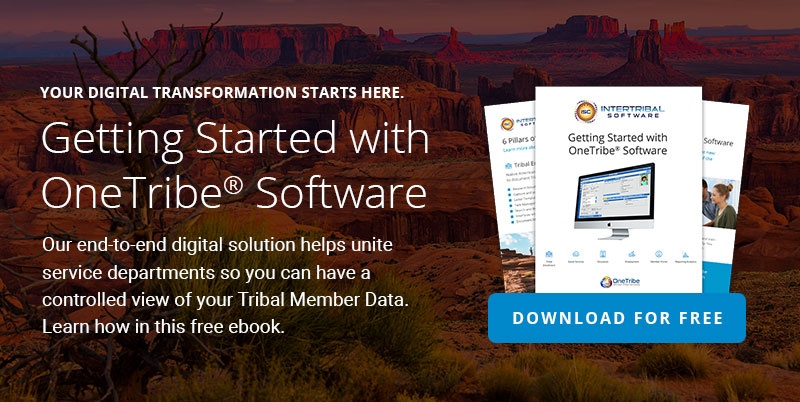
Tribal Governments are increasingly investing in new digital tools and platforms to continue streamlining their operations. However, despite their benefits, Tribal Governments have witnessed poor adoption rates, translating to low returns on investment (ROI) and inefficient use.
The key to avoiding these pitfalls is learning how to train employees on new software. Continue reading to learn some practices you can adopt while training your employees.
Make Sure the Trainer Is Knowledgeable
Software trainers are essential to achieving solid adoption out of the gate with your Tribal Government employees. Therefore, you’ll want to ensure your trainer is well-versed in the software and truly an expert. Otherwise, they may train your employees poorly, resulting in bad user habits or under-utilization.
Make sure to ask your software provider if they include any training or guidance during the onboarding process, or seek help from an external training resource if necessary.
Introduce the New Software in Phases
It's normal for organizations to experience change resistance among employees while introducing new software. Some reasons contributing to change resistance include:
- Fear of their work becoming obsolete
- Viewing learning and adoption as daunting
- Misunderstanding why you need the new software
The best way to deal with change resistance is by adopting a phased implementation. Each phase can focus on a specific module or functionality, allowing employees to adopt gradually and test the software. Meanwhile, you can mitigate any risk that may arise and support continuous improvement.
Provide Adequate Time To Learn
Dedicating a learning period for your new software training ensures that your employees allocate enough time within their busy schedules. This can help you hit productivity within a short period and gain the time you've spent through higher software adoption and greater efficiency in its use.
Use Online Training and Resources
Online training and resources can make it easier to train your Tribal Government employees on the software. The most common and reliable resources are the software developers' educational resources. These resources usually include courses, tutorials, and training videos that help trainees understand how their brand works. You can also create custom training resources that guide employees using the software within your business's context.
Highlight the Benefits
Help your Tribal Government employees understand the benefits of the new software you introduce to ensure they invest their time and effort in the training. It also lets them know that the software doesn't pose any risk to their jobs but would instead allow them to streamline and make their operations easier.
Offer Training Incentives
Training incentives are an effective way to increase the adoption of software among Tribal Government employees. These incentives vary from one organization to the other, but the most common ones include:
- Offering flexible working hours
- Allowing trainees to work from home within the training period
- Providing gift cards, prizes and bonuses
- Acknowledging successful trainees publicly
Train Your Tribal Government Employees on New Software With Intertribal Software
How you train your employees on new software can make or break their adoption and usage rate. The steps above provide a useful way to help you train your employees efficiently.
Intertribal Software provides tribal organizations with software that helps streamline their departments and operations. Besides providing cutting-edge software, we help our clients understand how to use our software to maximize their adoption rate and ROI. Contact us to learn more about how we helped other Tribal Governments introduce new software and digital processes to their organizations.

Sign Up For Our Newsletter
Recent Posts
- Innovations in Housing: Revolutionizing Tribal Housing with Digital Tools for Management
- Empowering Tribal ICW Departments: Achieve ICWA Compliance and Certification Success with OneTribe® Software
- OneTribe CCA - Your Child Care Data Tracker Replacement Solution
- Transform Your Tribal Member Services With Integrated Software Solutions
- Intertribal Software Raises Strategic Investment
Categories
- OneTribe Software
- digital transformation
- tribal government software
- Laserfiche ECM
- Intertribal Software Consultants
- Childcare Assistance
- Housing Management
- Intertribal Software
- tribal member management
- AFCARS Data Collection
- Child Care Data Tracker
- Child Welfare
- Housing
- ICWA
- ICWA Compliance
- Indian Child Welfare Act
- OneTribe Platform
- Title IV-E Certification
- Tribal Data Tracker
- Tribal Family Services
- Tribal Housing
- Tribal ICWA Software















